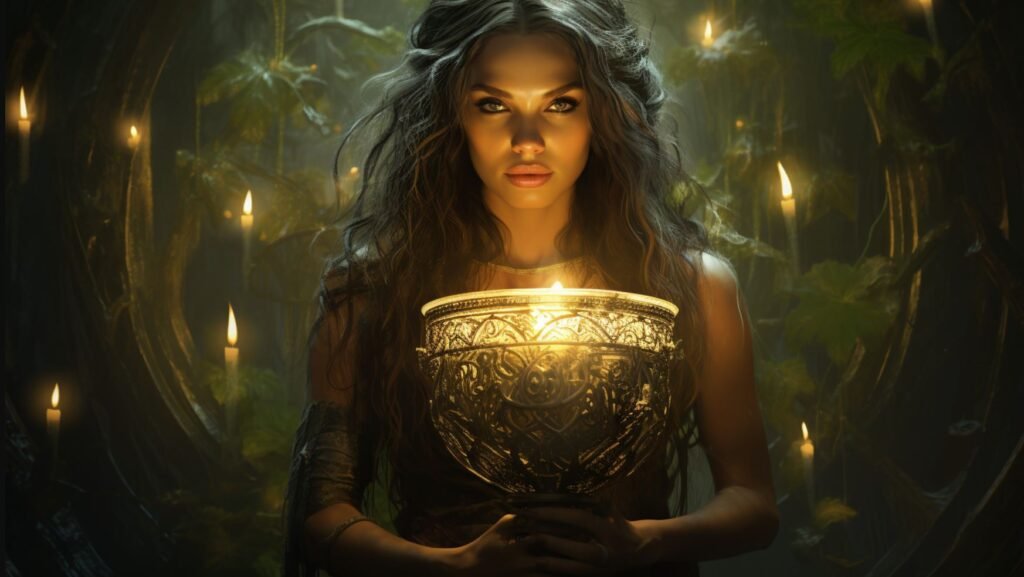In the vibrant tapestry of Mesoamerican mythology, few deities evoke as much fascination and intrigue as Quetzalcoatl. From ancient codices to modern artistic interpretations, the gender of Quetzalcoatl has been a subject of debate and discussion. Is Quetzalcoatl a girl? This article delves deep into the realm of Mesoamerican mythology to uncover the truth and unravel the mysteries surrounding the gender of Quetzalcoatl.
Quetzalcoatl in Mesoamerican Mythology
Mesoamerican mythology is a rich tapestry of gods, goddesses, and mythical creatures. Within this intricate web of beliefs and stories, Quetzalcoatl emerged as one of the most revered deities in Aztec culture. Associated with creation, fertility, and wisdom, Quetzalcoatl held a prominent place in the religious and cultural practices of the Aztecs.
Depicted as a feathered serpent, Quetzalcoatl embodied a striking combination of earthly and heavenly attributes. The word “Quetzalcoatl” itself translates to “feathered serpent,” highlighting the deity’s unique physical appearance. The vibrant feathers of the quetzal bird adorned Quetzalcoatl’s serpentine form, representing the divine connection between the earth and sky.
Gender Fluidity in Mesoamerican Mythology
Mesoamerican cultures viewed gender in a fluid and non-binary manner. Unlike the strict gender roles enforced in many other ancient civilizations, the Mesoamericans recognized and revered gender fluidity. This acceptance of diverse gender identities is evident not only in society but also in their pantheon of deities.
Quetzalcoatl is not the only gender-fluid deity in Mesoamerican mythology. Xochiquetzal, the goddess of love and beauty, is often depicted as both male and female. Tlazolteotl, the goddess of fertility and childbirth, similarly transcends gender boundaries. Additionally, Tezcatlipoca, a powerful deity associated with sorcery and rulership, takes on multiple gender identities depending on the context.
The evidence supporting Quetzalcoatl’s gender fluidity can be found in historical accounts and depictions of the deity. Stone carvings, codices, and oral traditions all point to the multifaceted nature of Quetzalcoatl’s gender, highlighting the reverence and acceptance of gender diversity within Mesoamerican cultures.
Depictions of Quetzalcoatl as Male and Female
Throughout the rich tapestry of Mesoamerican art and literature, Quetzalcoatl is depicted in both male and female forms. These conflicting representations often leave scholars perplexed but provide valuable insights into the complexity of Quetzalcoatl’s character.
In male depictions, Quetzalcoatl is commonly portrayed as a bearded man, adorned with feathered regalia and a headdress representing his connection to the divine realm. As a warrior and protector, this male manifestation of Quetzalcoatl embodies strength and power.
The female depictions of Quetzalcoatl, on the other hand, present a different side of the deity. As a feathered serpent goddess, she symbolizes fertility and creation. Her serpentine form intertwines with the cycle of life, embodying the duality of creation and destruction, death and rebirth.
Quetzalcoatl’s Roles and Manifestations
Quetzalcoatl’s gender fluidity is not the only aspect that makes the deity enigmatic. Quetzalcoatl assumes various roles and manifestations, each representing a different aspect of Mesoamerican spirituality and mythology.
As a creator deity, Quetzalcoatl was believed to have played a vital role in the creation of the world and humanity. With wisdom and divine knowledge, Quetzalcoatl shaped the destiny of mankind, guiding them towards a harmonious existence.
Quetzalcoatl also embodied the qualities of a culture hero, teaching humanity various arts, crafts, and agricultural practices. The deity’s nurturing and instructive side was manifested in the guidance provided to the Aztec civilization, inspiring advancements in technology, agriculture, and the arts.
Furthermore, Quetzalcoatl transcended the earthly realm and took on the form of a celestial deity. The association with the heavens established Quetzalcoatl as a powerful force, capable of creating cosmic order and maintaining the balance of the universe.
Lastly, Quetzalcoatl assumed the role of a guide to the underworld, guiding souls on their journey after death. This representation further emphasizes the complexity and significance of the deity in Mesoamerican cosmology.
Historical Interpretations and Modern Perspectives
Throughout history, Western scholars have attempted to interpret Quetzalcoatl’s gender through the lens of their own cultural and historical contexts. The European influence often led to a characterization of Quetzalcoatl as a male deity, imposing binary gender norms onto a complex and fluid figure.
However, it is essential to decolonize interpretations of Quetzalcoatl and embrace a more nuanced understanding that includes indigenous perspectives. Indigenous communities continue to honor and celebrate the multifaceted nature of Quetzalcoatl’s gender, emphasizing its fluidity and significance in their own cultural traditions.
Modern perspectives on Quetzalcoatl’s gender continue to evolve, encompassing a range of theories and debates. Scholars eagerly explore the intricacies of Mesoamerican mythology, reassessing historical accounts and engaging with indigenous voices to gain a more comprehensive understanding of Quetzalcoatl’s gender identity.
Conclusion
Quetzalcoatl’s gender remains a dynamic and multifaceted aspect of Mesoamerican mythology. Through an exploration of historical accounts, artistic representations, and indigenous perspectives, we gain a more profound appreciation for the complexity and fluidity of this iconic deity.
As we continue to delve deeper into the mysteries of Mesoamerican mythology, it is crucial to approach the subject with an open mind and a willingness to challenge our own preconceived notions. By embracing the diverse and fluid nature of Quetzalcoatl’s gender, we invite a deeper understanding of the rich cultural tapestry that continues to captivate and enthrall us.
So, is Quetzalcoatl a girl? The answer lies not in a simple binary classification but in the intricate interplay of mythology, culture, and spirituality that define the essence of this enigmatic deity.
